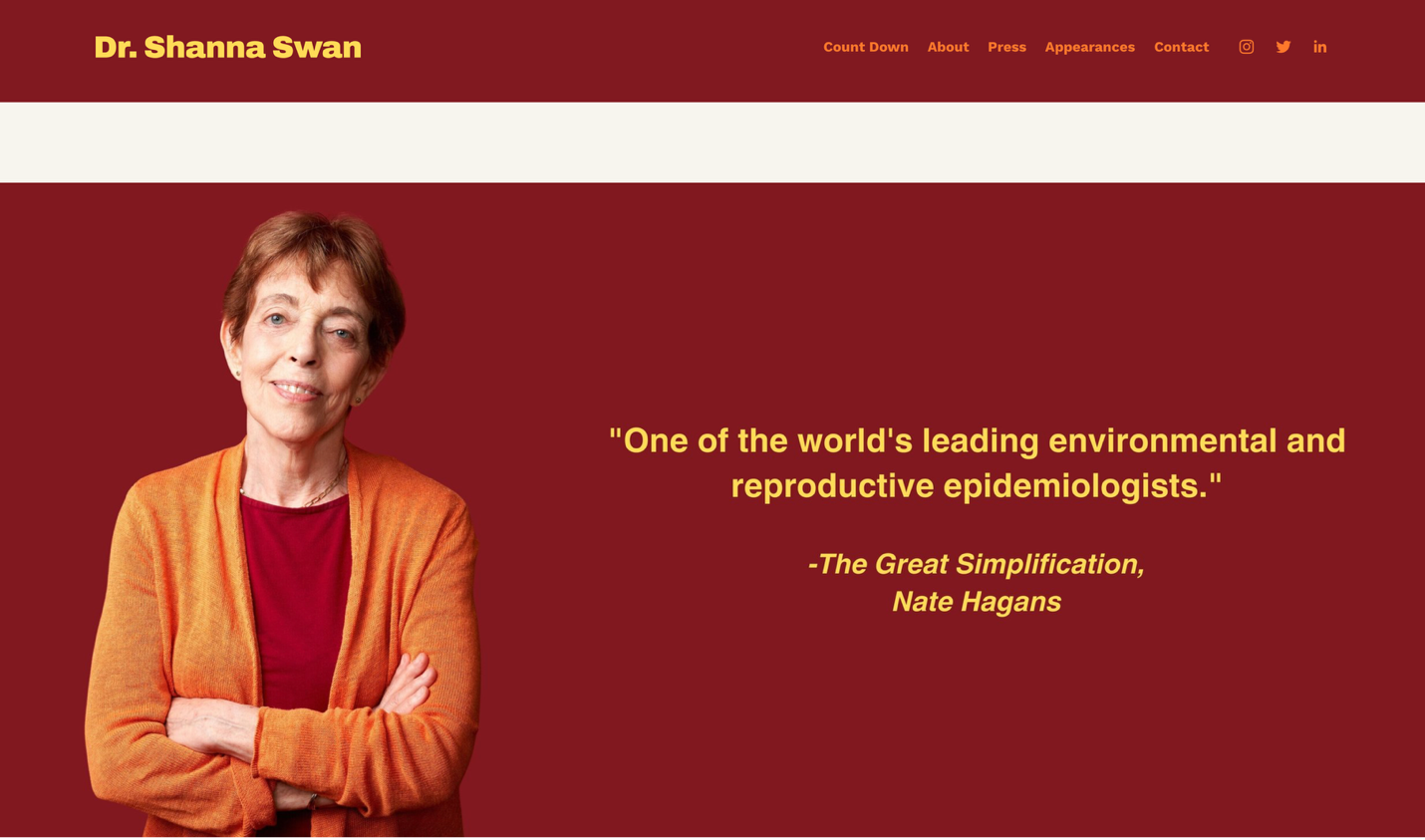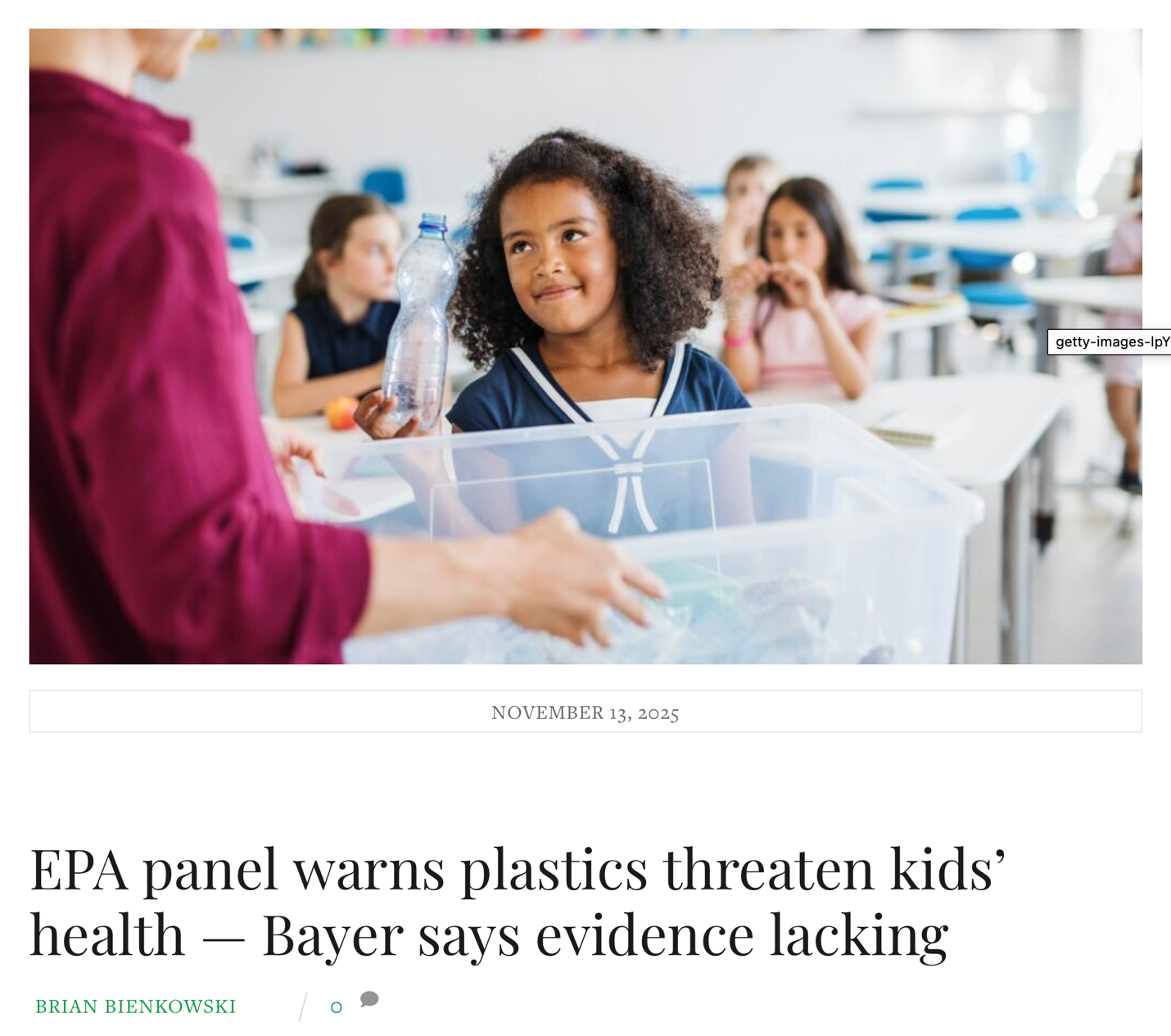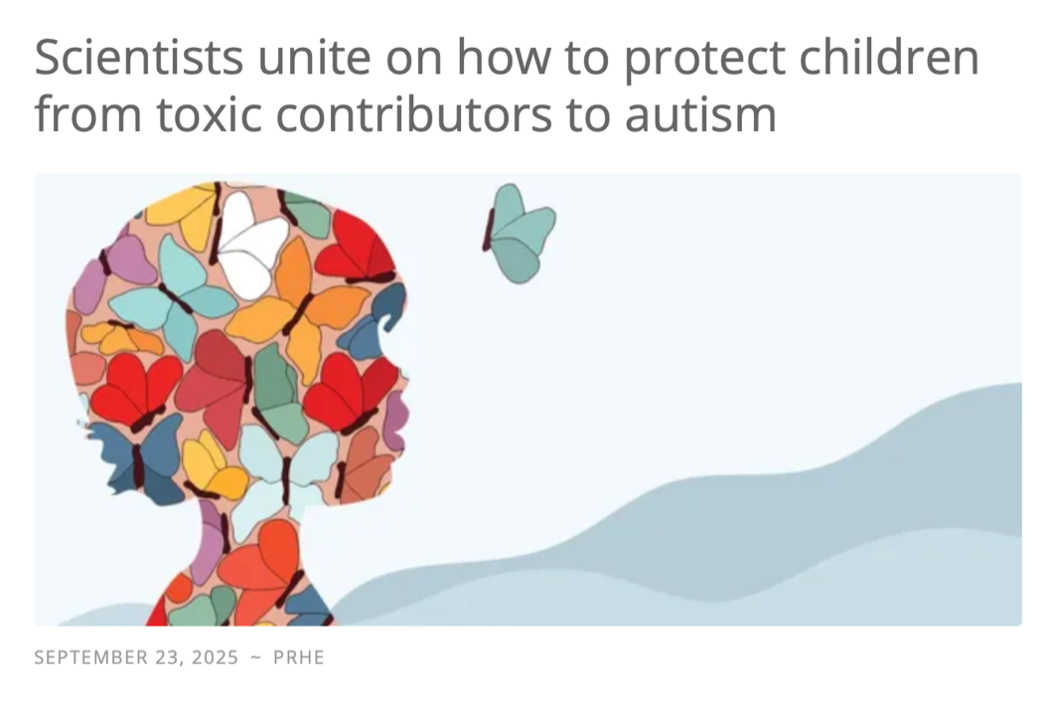Have you heard about the family suing Terminix because they were permanently disabled by illegal exposure to methyl bromide? Not, mind you, that methyl bromide has been outlawed, because pesticides are presumed innocent even with irrefutable proof of human health harms. It's just the way it was applied that was illegal. There is an irony in hearing that the settlement may amount to $87 million. Not that it's not deserved. The two sons could have died, remaining in comas for weeks, and six months later, the father and sons still struggle to "eat, walk, and sit up on their own." They are trapped in a "neurological torture chamber."
The story is similar to that of a Florida boy who was poisoned when his house was fumigated for termites. He has suffered a "catastrophic brain injury" and requires around-the-clock care.
So what is the irony in reading these tragic stories? Whereas they may seem like unfortunate, rare accidents, I and my family suffered many of the same symptoms from reckless use of pesticides, as do countless Americans every year, even if they are not able to so definitely identify the source of their illnesses. Katherine died as a result, and my son and I endure lasting health effects. Prosecution is appallingly rare compared to the damage caused. As Philip Landrigan has said, we are suffering a "silent pandemic" of neurological problems because of our widespread use of pesticides and other toxic chemicals (Grandjean & Landrigan 2006). A recent study linked mosquito spraying with a 25% increased rate of autism.
The first time I was poisoned, we were living in a basement apartment in a large complex while attending graduate school at the University of Michigan. It was only after the mandatory treatment for roaches that I realized my severe asthmatic symptoms and general malaise were a result of having wiped the toxic yellow fluid up off the counter, to avoid it getting in our food. Too late I obtained the MSDS for chlorpyrifos, an acutely toxic organophosphate that causes difficulty breathing and the neurological symptoms that are all too common with pesticide exposure. In addition, a single use conveys a doubled risk for childhood leukemia, even when the mother is exposed in the year BEFORE pregnancy, as I was (Ma et al. 2002; Eskenazi 2007; Engel et al. 2011). It took months for the symptoms to dissipate. I kept some of the clothing drenched in my closet for evidence -- but to what end? Lawsuits like these are only very rarely successful. We would have been hard-pressed to prove that the application was done illegally; chlorpyrifos was approved for just such indoor use. We were never warned about the toxicity -- and that would have been the only basis for a suit.
The second time I was poisoned unaware was when I was pregnant for the second time, with David. This time, it was city-wide mosquito spraying, and it was only long afterwards that we realized that my symptoms were likely tied to those exposures. We were never notified so that we could close the windows. Although we can never be sure, we think it very likely he suffered cognitive losses as a result. Research shows that children with the top quintile of organophosphates in their cord blood are 7 IQ points lower than those children in the bottom quintile, which is not zero (Bouchard et al. 2011; Rauh et al 2011). Not only that, but the pesticides I was exposed to would have continued to reach him through breast milk (Anderson & Wolff 2000). A mother's exposure truly becomes her child's, just when that child is most unprotected.
The third notable time we were poisoned, and I say notable because we doubtless experienced continual low-level poisoning from our city mosquito abatement program, was the Fall we pulled up carpets in our house, unknowingly exposing our children to the pesticide dust that must have accumulated there. Both three-year-old Katherine and baby David were acutely ill with organophosphate poisoning, misdiagnosed as asthma. They could scarcely breathe and had to get albuterol treatments and steroids just to get through it. Both had horrible dark circles under their eyes, and David had rampant canker sores, likely because of a depressed immune system. Katherine never recovered from her dark circles, she steadily paled and lost weight, and by Spring I was taking her to the doctor every couple of weeks for her constant low-grade fever, every night, 101 degrees. I was thought a hypochondriac, or guilty of Munchausen by proxy. Finally, after Katherine struggled just to play at the park, where huge purple bruises bloomed on her shins, I demanded a CBC to decide if it were leukemia or anemia. I hoped I was wrong. I wasn't.
The fourth time we were poisoned -- and not the last because pesticides are ubiquitous, unavoidable, no matter how hard we have tried -- was the terrible time we realized what had caused our many illnesses. We realized that Katherine would likely die as a result of her re-exposure. She had just successfully weathered her first bone marrow transplant, her last chance at survival. But I knew as I lay on the kitchen floor. As much as the neurotoxins coursing through my body, I was paralyzed by the knowledge that the mosquito spraying had caused her cancer and relapse and that this new exposure would likely depress her immune system enough to allow the cancer to come back. By then, I had done the research and figured my initial exposure had caused her leukemia. I could not believe it when Clarke Environmental (yes -- horrible name) sent over the MSDS and we found that this, too, was chlorpyrifos.
Like the children affected in these recent exposures, I struggled to sleep or eat. Food wouldn't stay down, and I lost all appetite. My hands shook, and I felt oddly weak. I woke at 5 every morning with my heart racing. While that certainly would have been consistent with the emotional stress, it is also a distinctive symptom of organophosphate poisoning. My heart skipped beats, as it had after my first poisoning. After that, I could always tell when I had been exposed. Worst of all, my children manifested with the asthmatic symptoms (a result of acetylcholinesterase reuptake inhibition) and dark circles under their eyes. They too were obviously suffering symptoms. I struggled to get people to take me seriously -- all except Katherine's oncologists, who were all too familiar with the literature linking childhood cancer with pesticides and other environmental chemicals. A lawsuit was ruled out because "there were not enough sick and dead children."
There is absolutely no debate left: we are constantly poisoning our children, not just in these rare instances where a dramatic effect is definitely linked to a certain exposure. We are causing higher rates of childhood cancer, autism, ADHD, lowered IQs, endocrine disruption, birth defects, diabetes, obesity, and autoimmune disease (PANNA 2013, Roberts & Carr 2012). When are we going to decide that the cost is too high, that companies making and using pesticides and other toxic chemicals should not be presumed innocent at the expense of the real innocents -- our children.
References
Anderson HA, Wolff MS. Environmental contaminants in human milk. 2000. J Expo Anal Environ Epidemiol 10 Suppl 6:755-760.
Bouchard MF, Chevrier J, Harley KG, Kogut K, Vedar M, Calderon N, Trujillo C, Johnson C, Bradman A, Barr DB, Eskenazi B. 2011 Aug. Prenatal exposure to organophosphate pesticides and IQ in 7-year-old children. Environ Health Perspect 119(8): 1189-1195.
Engel SM, Wetmur J, Chen J, Zhu C, Barr DB, Canfield RL, et al. 2011. Prenatal exposure to organophosphates, paraoxonase 1 and cognitive development in childhood. Environ Health Perspect 119:1182-1188.
Eskenazi B, Marks AR, Bradman A, Harley K, Barr DB, Johnson C, et al. 2007. Organophosphate pesticide exposure and neurodevelopment in young Mexican-American children. Environ Health Persp 115(5):792-8.
Grandjean P, Landrigan PJ. 2006. Developmental neurotoxicity of industrial chemicals: A silent pandemic. Lancet 368:2167-2178.Landrigan PJ, Sonawane B, Mattison D, McCally M, Garg A. 2002. Chemical Contaminants in Breast Milk and Their Impacts on Children’s Health: An Overview. Environ Health Perspect110(6):A313-A315.
Ma X, Buffler PA, Gunier RB, Dahl G, Smith MT, Reinier K, Reynolds P. 2002. Critical windows of exposure to household pesticides and risk of childhood leukemia. Environ Health Perspec110(9):955-960.
Pesticide Action Network North America (PANNA). 2013. A generation in jeopardy. PANNA. Retrieved from http://www.panna.org/resources/publication-report/report-generation-jeopardy
Rauh V, Arundjadai S, Horton M, Perera F, Hoepner L, Barr DB, et al. 2011. Seven-year neurodevelopmental scores and prenatal exposure to chlorpyrifos, a common agricultural pesticide. Environ Health Perspect 119:1196-1201.
Roberts JR, Carr CJ. 2012. Policy statement: Pesticide exposure in children. American Academy of Pediatrics 130(6):e1757-1763. Retrieved from http://pediatrics.aappublications.org/content/130/6/e1757













